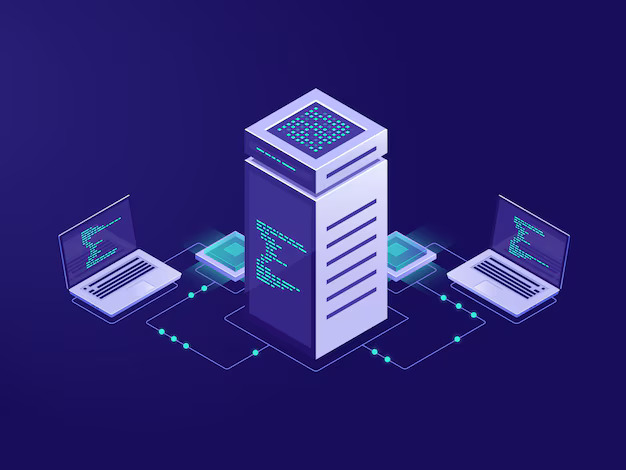Linux server patching refers to the process of updating and applying fixes to the Linux operating system and its associated software components. This practice is essential for maintaining the security, stability, and performance of server environments.
Patches can address a variety of issues, including vulnerabilities that could be exploited by malicious actors, bugs that may cause system crashes or performance degradation, and enhancements that improve functionality.Regular patching ensures that the server is equipped with the latest security measures and features, thereby reducing the risk of data breaches and ensuring compliance with industry standards.
The necessity of Linux server patching cannot be overstated, as cyber threats are constantly evolving, and new vulnerabilities are discovered regularly. By implementing a robust patch management strategy, organizations can proactively defend against potential attacks and minimize downtime caused by system failures.
Additionally, timely updates can enhance the overall efficiency of server operations, allowing businesses to leverage the latest technological advancements. In a landscape where data integrity and system reliability are paramount, neglecting patching can lead to severe consequences, including financial losses, reputational damage, and legal ramifications. Therefore, regular and systematic patching is a critical component of effective IT management.

